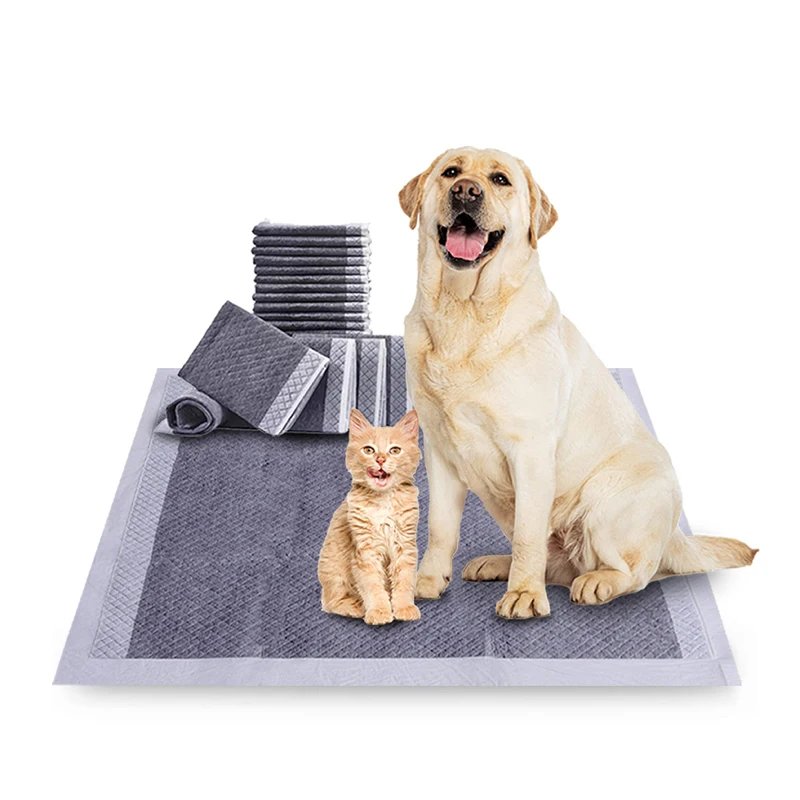Know Your B2B Audience and Goals
그리고 pet training pad market is growing. To win, you need innovative marketing strategies for pet training pad sales. The aim is clear: help pet training pad manufacturers in reaching a B2B audience. Your buyers are distributors, wholesalers, retailers및 online sellers. They want proof, value, and easy orders. Set a simple goal for each group. Keep the message short. Show how your pads help them sell more with less risk.
Key B2B needs:
- 흡수성, leak-proof back, and strong odor control
- Steady 품질, fair price per pad, and fast ship
- Private label, simple OEM/ODM, and clean packaging
- Clear specs, quick samples, and easy reorders
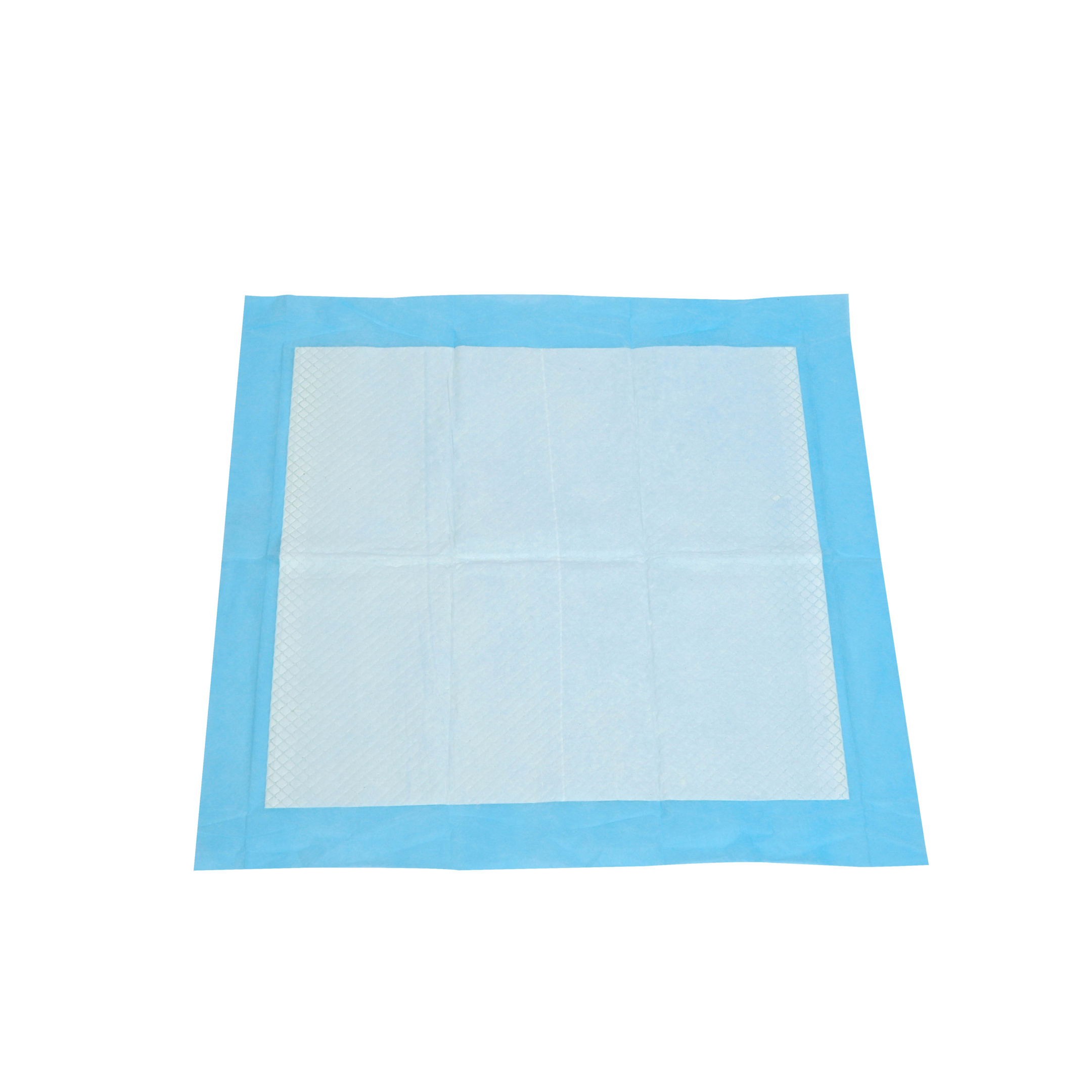
Positioning and Clear Value
Make a strong, simple promise. Say what your pads do best. Then prove it. Use plain words and big pictures. Share one-page sheets that list:
- Pad size and pad weight
- Core build with fluff pulp 그리고 super absorbent polymer (SAP)
- PE film back, edge seal, and adhesive strips
- Test notes for dry feel and no leaks
Show close items that use similar layers and parts. This helps buyers trust your claim:
- Compare large core builds with these extra large disposable bed pads
- Show sticky corners and stability with bed pads with adhesive strips
- Share core choices with disposable absorbent under pad for adult and child
- Prove print skill and brand work via private custom printing chux pads
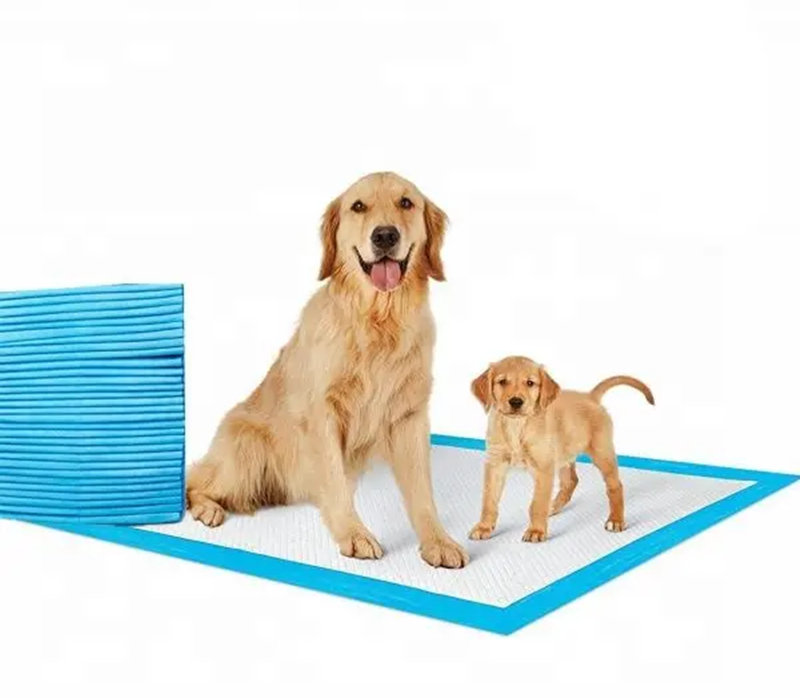
Product Story and Proof That Sells
Tell a short product story. Keep it real. Use demos and short videos. Show how your pet training pad pulls liquid down, locks it in, and blocks odor. Explain the multilayer pad:
- Soft top sheet for fast flow
- Core with fluff pulp 그리고 SAP
- Leak-proof PE film back
- Firm edges and adhesive strips or anti-slip dots
Add small wins buyers love:
- Wetness indicator
- Target prints for potty spot
- Easy-fold lines for clean change
- Tight packs to save space and freight
Digital Marketing That Finds Buyers
Use smart SEO for a B2B audience. Target terms like “bulk pet training pad,” “private label pet training pad,” and “pet training pad manufacturers.” Build clear landing pages by buyer type. Each page should show:
- A bold value line and clean photo
- Specs with absorbency and sizes
- Volume price notes and quick MOQ info
- A “get samples” form and a quote form
- Short FAQs on shipping and packs
Publish helpful posts and guides. Teach how to size pads, set shelves, and compare absorbency. Share this in email marketing. Run retargeting ads to bring leads back. Keep forms short. Reply fast.
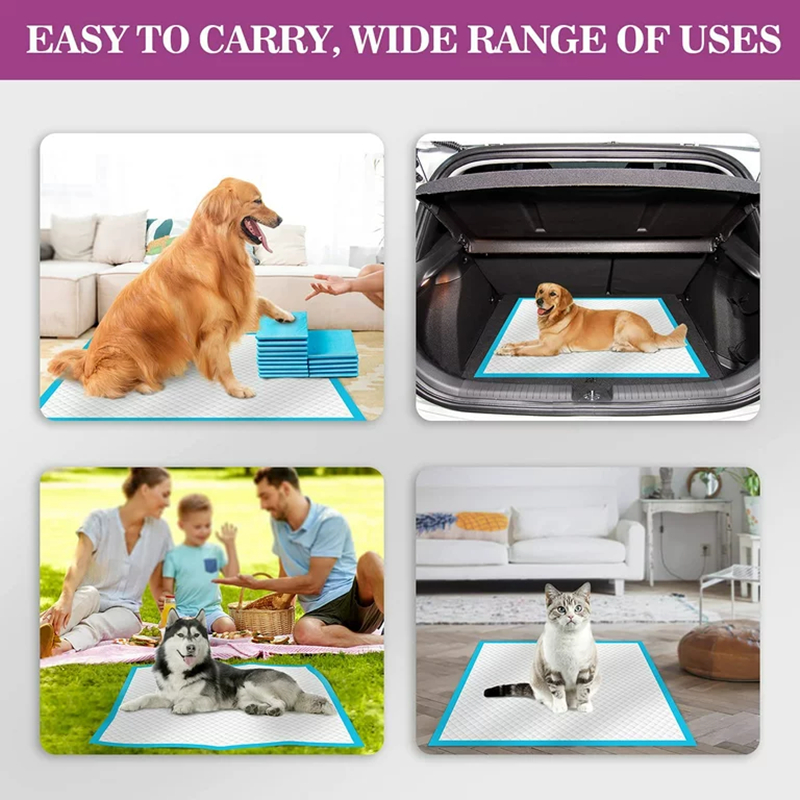
Channels, Private Label, and OEM/ODM
Grow with a channel plan. Use trade shows and virtual demos. Offer a small trial pallet so new buyers can test your pads in a few stores. Build a distributor kit with:
- Price list and sample pads
- Shelf plan ideas
- A short training script
Push private label. Offer quick OEM/ODM steps: brief, design, print, pack, and ship. Show custom sizes, core levels, and color trim. Use your print skill to fit the buyer’s store look. Point to your print work with the link to private custom printing chux pads.
B2B Offers and Pricing That Convert
Make your offer simple and fair. Use a price ladder by volume. Give a first order deal, or free pads on the second order if the trial sells well. Offer bundles with:
- Main pad sizes
- A pad holder
- A training tip card
Add a subscription plan for online sellers who want steady stock. Show the math:
- Cost per pad
- Target shelf price
- Buyer margin and profit
Service, Supply, and Simple Operations
Service keeps the sale. Share a true lead time for each size. Keep stock of key SKUs. Offer mixed cartons for small orders. Mark each pack with a clear lot code. Give a simple reorder sheet with SKUs and pack counts. For online sellers, share ready titles, bullets, and photos. Fix common issues fast. Say what you changed and why.
Quality basics to keep steady:
- Core weight and GSM
- Film thickness and edge seal
- Odor control strength
- Box and pack drop tests
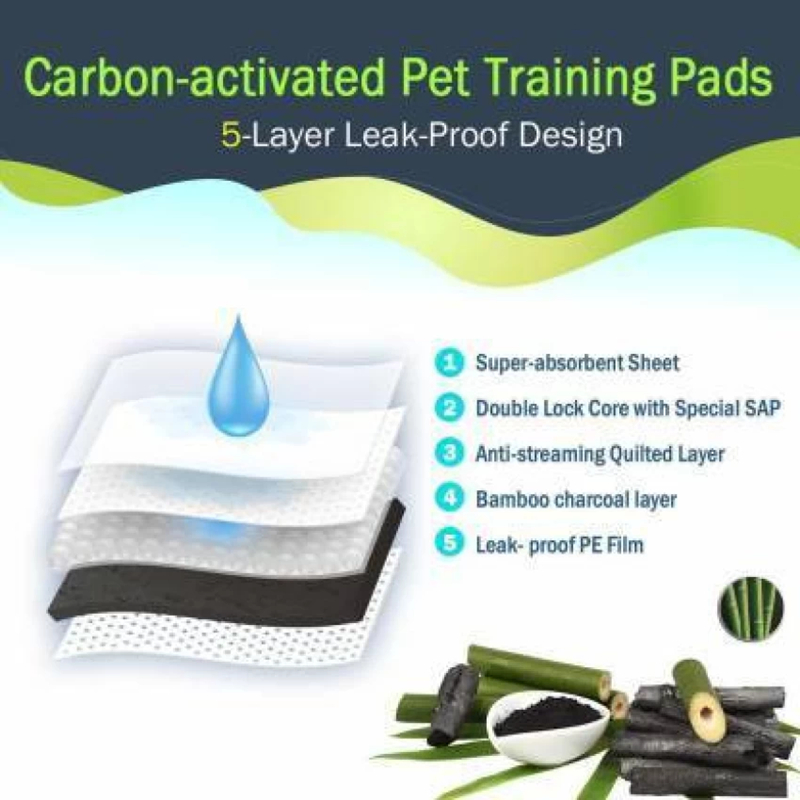
Eco-Friendly Story With Honest Claims
Many buyers want green steps. Offer eco-friendly choices. Show how you cut plastic and waste:
- Thinner backsheets with the same leak-proof power
- Higher SAP use for thin cores
- Tight pack counts to lower freight
- Clear icons for “less plastic,” “fast dry,” and “odor lock”
Keep claims simple and true. Post a one-page green note that shows your steps and how your pet training pad helps cut trash over time.
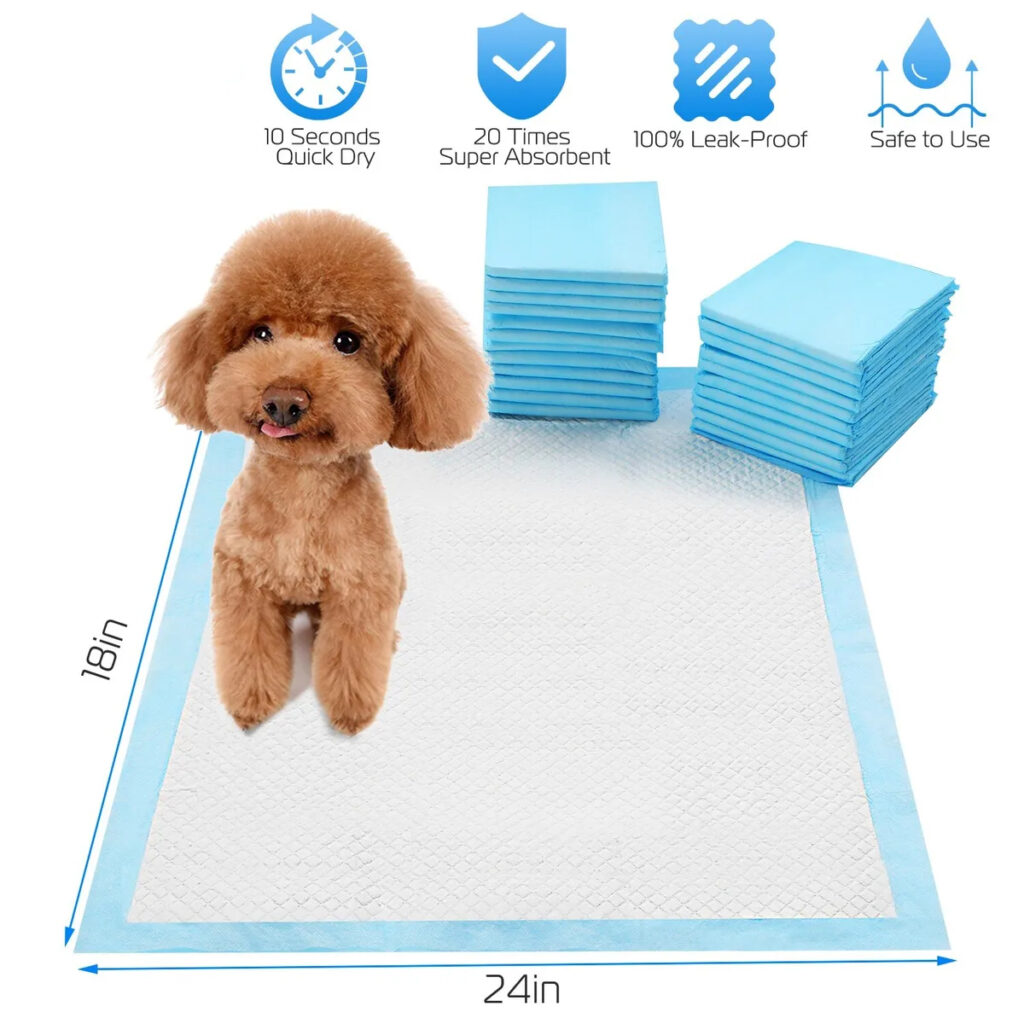
Sales Tools and Metrics That Matter
Give your team tools that help fast:
- One-page sell sheet per size
- A short deck with claims and proof
- Sample request forms and email scripts
- A simple “Why switch” sheet
Track key numbers:
- Cost per lead
- Lead to quote rate
- Sample to order rate
- First reorder time
- Reorder rate by SKU
Test new photos, headlines, and pack art. Keep what works. Drop the rest.
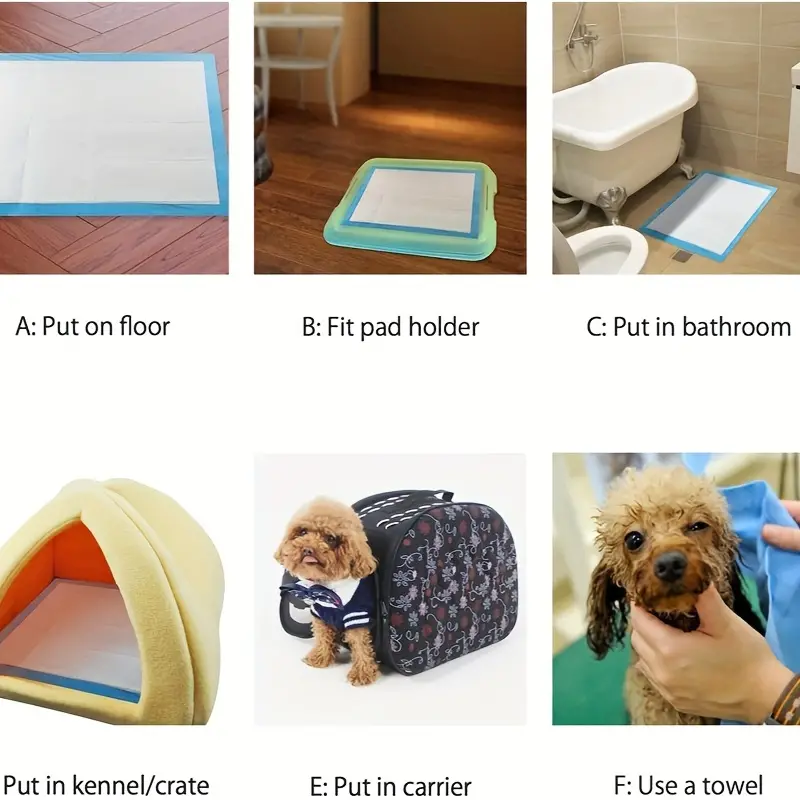
Final Word
이러한 innovative marketing strategies for pet training pad sales will help pet training pad manufacturers in reaching a B2B audience. Keep the message clear. Prove every claim. Make it easy to try, easy to buy, and easy to grow. When your pads show strong absorbency, safe leak-proof control, fair price, fast ship, and real green steps, buyers will stay. Do the basics well. Improve each quarter. That is how you build trust, scale sales, and win in every channel.

